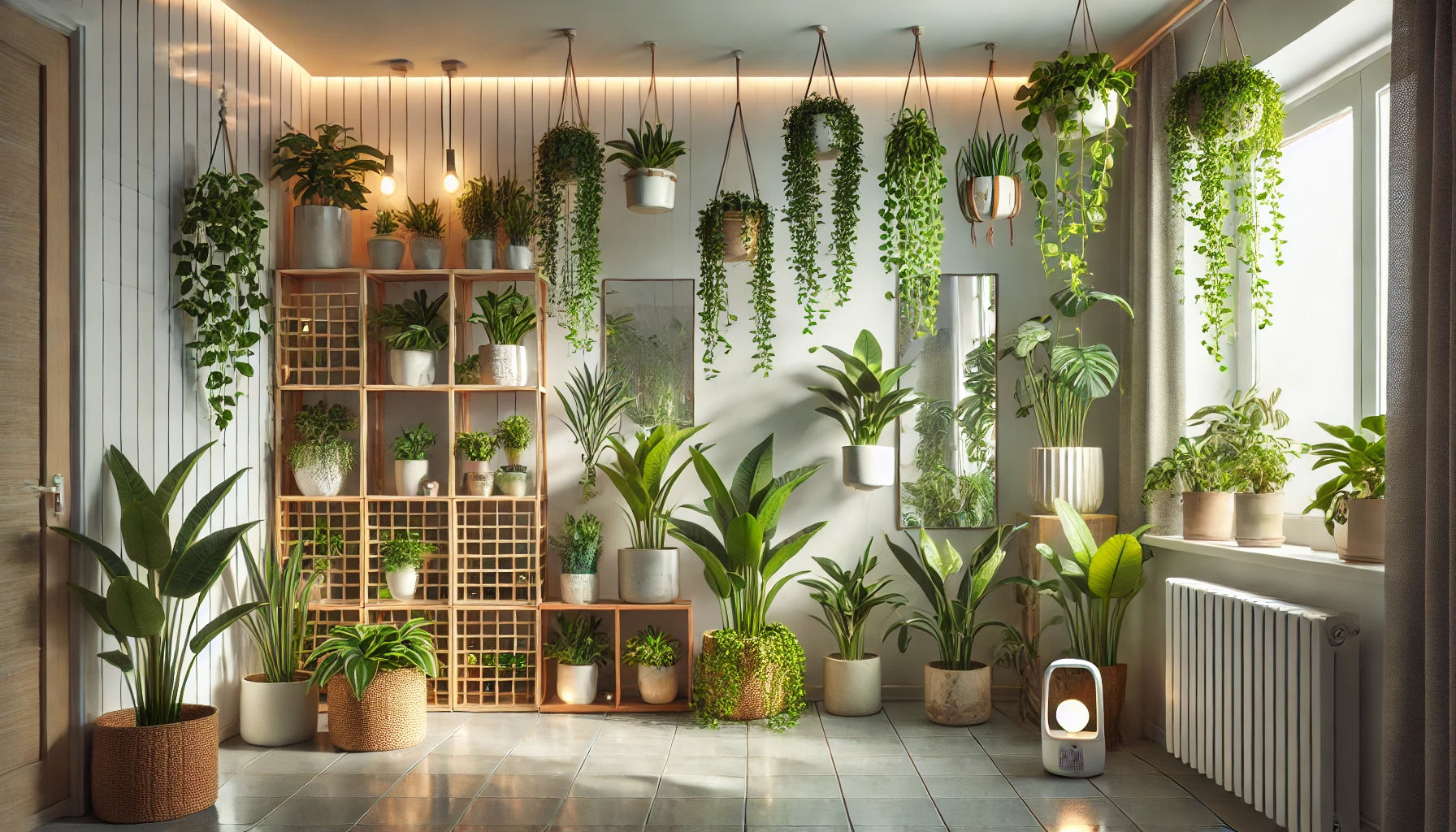Living in an apartment without direct natural light doesn’t mean you have to give up on your dream of growing lush, exotic plants. In fact, many tropical and exotic plants are naturally adapted to low-light conditions, thriving in shaded forest understories. With the right techniques, tools, and a bit of patience, you can create a vibrant indoor jungle, even in the darkest corners of your apartment. Let’s dive into how you can successfully cultivate exotic plants without direct sunlight.
Understanding Light Requirements for Exotic Plants
Not all exotic plants are sun lovers. Some are native to rainforest floors, where they receive dappled or indirect light throughout the day. Understanding the light needs of different species is crucial. Plants are often categorized into three main light requirements:
- Low light: Ideal for rooms with no direct sun, relying on artificial light or reflected daylight.
- Medium light: Best near north or east-facing windows.
- Bright, indirect light: Close to windows with filtered sun using curtains or blinds.
Choose exotic species known for tolerating low-light environments. Here are a few examples:
- ZZ Plant (Zamioculcas zamiifolia)
- Snake Plant (Sansevieria trifasciata)
- Chinese Evergreen (Aglaonema)
- Peace Lily (Spathiphyllum)
- Philodendron species
Selecting the Right Spot in Your Apartment
When working with limited light, location is everything. Even if you don’t have direct sunlight, the way you arrange your space can optimize the light available:
- Place plants near light sources, such as windows (even if shaded).
- Use mirrors or reflective surfaces to bounce light into darker areas.
- Avoid placing plants in completely dark corners.
- Use light-colored walls to help reflect light.
Don’t forget that light levels change throughout the day and seasons — you may need to adjust plant locations accordingly.
Enhancing Light With Artificial Sources
If your apartment lacks sufficient natural light, grow lights are your best friend. These tools mimic the sun’s spectrum and allow you to control the intensity and duration of light exposure.
- LED grow lights are energy-efficient and emit the full spectrum needed for photosynthesis.
- Choose lights that offer blue light (for foliage growth) and red light (for flowering and fruiting).
- Set timers to mimic natural daylight — around 12 to 16 hours per day.
Position lights about 12 to 24 inches above your plants, adjusting as needed to avoid scorching the leaves.
Choosing Containers and Potting Mix
In low-light conditions, it’s important to avoid waterlogged soil, as evaporation will be slower. Choose pots with:
- Good drainage holes
- Light, well-aerated potting mix — ideally with perlite, coconut coir, and peat moss
- Avoid heavy or clay-based soil which retains too much moisture
You can also use self-watering pots to help maintain the right level of moisture without overwatering.
Managing Watering and Humidity
Exotic plants from tropical regions often need higher humidity but less frequent watering in low-light conditions. Follow these watering tips:
- Check soil moisture before watering — insert your finger about an inch into the soil.
- Use a humidity tray or group plants together to increase ambient moisture.
- Consider using a humidifier, especially in winter or dry climates.
- Mist leaves occasionally (only if the plant enjoys it — some do not).
Be cautious: overwatering is one of the most common causes of plant death in apartments without strong light.
Fertilizing Exotic Plants Indoors
Low-light conditions typically mean slower growth, so you’ll need less fertilizer. However, regular feeding is still important to keep your plants healthy.
- Use a balanced liquid fertilizer diluted to half-strength
- Fertilize once a month during spring and summer
- Reduce or stop fertilizing during winter months when growth slows
Be sure not to overfeed — too much fertilizer can damage delicate roots, especially in a low-light setting.
Monitoring Plant Health and Growth
Without direct light, your plants will grow more slowly, but they can still thrive. Monitor their health by checking for:
- Leaf color – Yellowing can mean overwatering or insufficient light
- Stretching (etiolation) – If your plant grows leggy or reaches toward light, it may need supplemental lighting
- Root rot – Caused by overwatering and poor drainage
- Pest infestations – Low airflow areas may encourage spider mites or fungus gnats
Make small adjustments as needed — sometimes moving a plant just a few inches closer to light or changing watering habits makes a big difference.
Best Low-Light Exotic Plants to Start With
If you’re new to plant care in low-light environments, start with these easy-to-care-for exotic plants:
- Cast Iron Plant (Aspidistra elatior) – Nearly indestructible
- Pothos (Epipremnum aureum) – Beautiful trailing plant, extremely adaptable
- Calathea species – Known for striking patterns and foliage movement
- Dracaena – Adds height and elegance to corners
- Ferns (like Bird’s Nest Fern) – Bring a tropical feel, though they require humidity
These plants will help you build confidence before moving on to more delicate species.
Decorating Tips: Blending Plants with Your Space
Exotic plants don’t just add life — they’re also amazing decor elements. You can enhance your space with smart styling:
- Use hanging planters to save surface space
- Place plants on shelves, plant stands, or in macramé holders
- Choose decorative pots that match your apartment aesthetic
- Group multiple plants together for a lush, layered look
Don’t underestimate the power of plants to change the mood of your apartment — they add serenity, color, and texture.
A Greener Life in Low Light
Growing exotic plants in apartments without direct natural light is entirely possible — and deeply rewarding. With a bit of planning, the right tools, and the proper selection of species, you can build your own indoor oasis. These green companions not only beautify your space but also purify the air and contribute to your mental well-being.
So even if your apartment feels dim and limited, remember: it has the potential to become a vibrant jungle of life, color, and calm.
